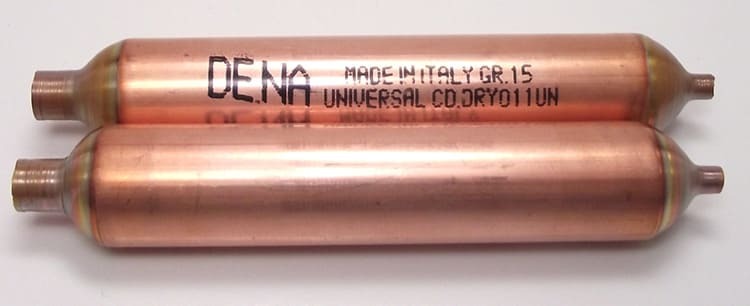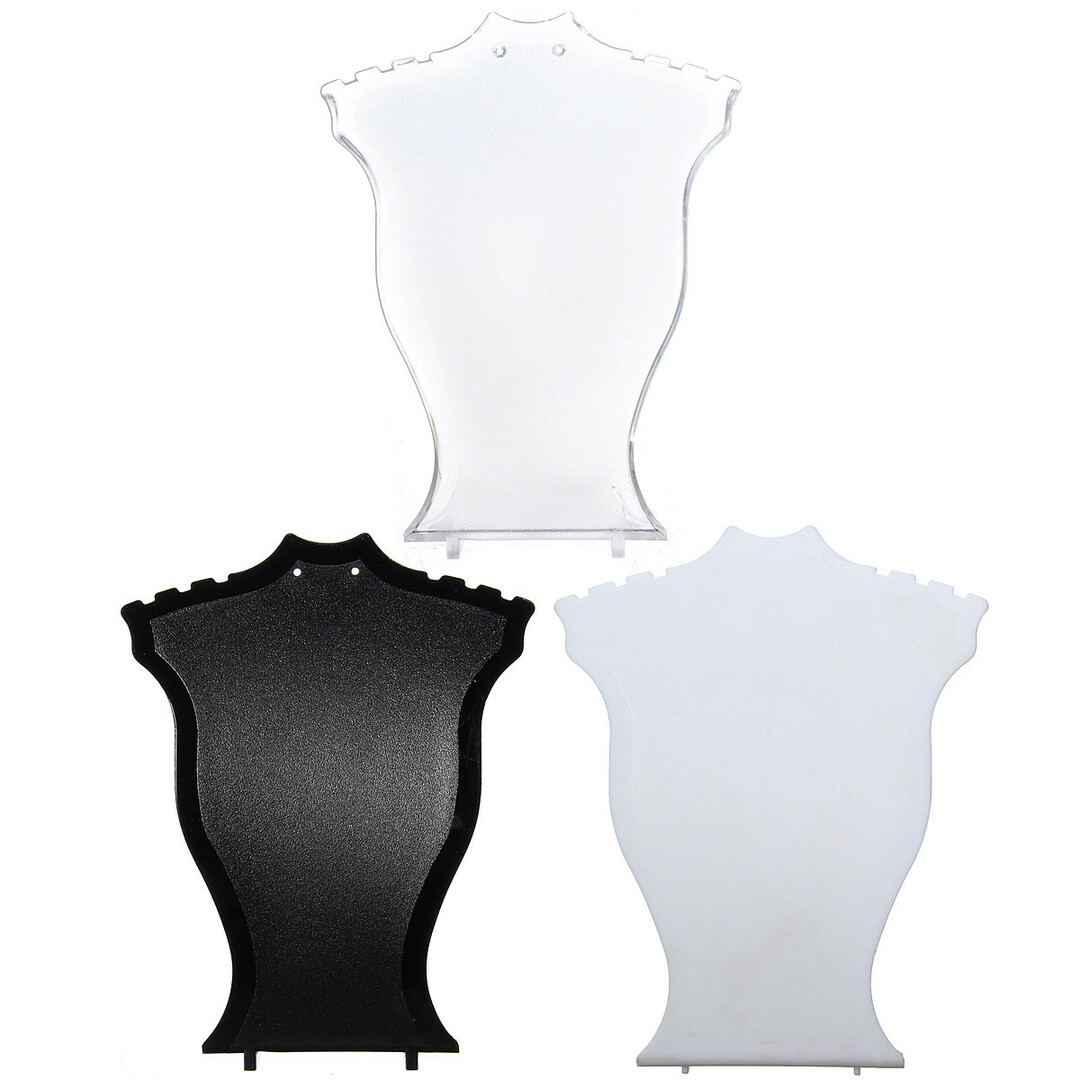Decorative vase that is installed outdoors, perfectly underlines the architectural ensemble of the composition public facilities, and may also be an integral part of the landscape design of a country house, cottage portion. The products are widely used in the 18-19 centuries in many countries, it is still popular. They can be found in parks, near the city administration buildings, cultural complexes, at the entrance to the shopping centers, and in private gardens and houses adjoining areas.
Care about the appearance of their territory for many owners is in the first place. Catching landscaping, owners are faced with a decorative element, as a flowerpot. Most often, preference is given to concrete options that do not require personal care, do not look worse stone, metal structures, but are much cheaper to produce them can be his hands.
Content
- Features products and their use
- The shape and size
- Where and how to install
-
Materials and tools
- How to prepare a solution
- Methods and materials for manufacturing forms
-
Step by Step Master Class
- Vase-sculpture
- Of plastic containers
- From fabric
- unusual ideas
- decorative design
- conclusion
Features products and their use
Pots of concrete previously used as independent objects of small architecture gradually began to be used for utilitarian purposes. Bowls simultaneously act as a decoration and serve capacity for planting different plants. Because of these properties, they are well decorated local area, highlight the exquisite taste of the owners.






Outdoor pots intended for the cultivation of flowers, must be made of materials that are neutral to atmospheric conditions, with a natural look. These requirements are fully responsible for construction of the concrete structure, cement mortar. Products made from this raw material, characterized by functionality. With their help, you can do zoning, decorating private properties, to arrange public spaces. The great demand for concrete vases caused by their features and benefits:
- Building material does not deform under the influence of weather conditions, not afraid of fire.
- The solution is very flexible, pliable, takes any shape. From it you can make an unusual structure, arrange them in any style.
- This is the budget option, to a composition does not require large expenditures.
- Raw clean. The cement forms well acclimatized wide variety of plants, whether bindweed, aubretsiya, heliotrope, lavender or other.
- At the time of forming, the structure can be given a natural patterns, apply a stamped pattern, after drying the paint, make-painted.






The shape and size
Concrete solution is characterized by its ductility, so the vase can be given virtually any shape. Home - design should be combined with general portion style, for example:
- English. The products have smooth, curved contours, they do not have sharp corners and straight lines.
- Country. At first glance attributes differ bad taste, made casually. They are made in a cylindrical form, reminiscent of a bucket, a tub, a basin.
- Mauritanian. Set square model, rarely round. Outside faced with Arab mosaics.
- Classical. Flowerpots, along with sculptures, a fountain in the center of the composition. They are made in different variations. Standard versions are perfectly round base, on the stem cup crowns.






The choice of the pot size is influenced by a number of factors. First of all, it takes into account its purpose, according to which all constructions are divided into indoor, outdoor, decorative. characterized by the greatest options for the second and third options.
For outdoor structures is an important area of the plot. In a small yard will look out of place large composition and, on the contrary, will be invisible small items on a vast territory.





Vase shape is selected independently, is emphasize the general view of the site, or to stand out, attracting special attention. For some places are ideal products in the form of strict geometric shapes, for others - with chopped, torn, extravagant flavors. In turn, the bowl parameters must be commensurate and proportionate to location.
Where and how to install
Concrete bowl can be placed in public places and in private. The options are many. They look great in the squares and in parks, near cultural institutions and in gardens, parking lots, inside the office, at home, in home gardens, suburban areas.
See also:Methods of painting decorative stone with their hands
Of particular importance is the size of the cup, it is dependent on its mass it mobility. These parameters affect its appearance and method of installation. Stand stationary and portable models. For the first variant is characterized by long-term basing in one place. Massive construction stable enough sometimes used for fixing additional fastening. The second type has a smaller weight, dimensions. Pot is operated year-round or seasonally.
Positioning products can be at different levels relative to the floor in an upright, horizontal position. Given these characteristics, all models of vases are divided into the following types:
- Floor. They can be used as barriers, zoning items, decorative elements. Restrictions in place there is no installation.
- Column book-rests. On the stand, you can install the pots, serving solely for ornamental purposes. Vase having a lower weight than the objects that are installed on the ground. Often featured products require additional fixation.
- And vertical wall. Characterized by the lowest weight. They may be fixed to each other, secured to the perpendicular relative to the ground surfaces. A good choice in the absence of large areas. compositions are also used as barriers.
- Inside the building window construction are used, installed on Window sills.






Materials and tools
architectural concrete need for the creation of products. It differs from the usual presence of various mineral and inorganic additives. To prepare the mixture, require cement, sand, gravel, special admixtures and water. Adding play an important role, they give a concrete solution, plasticity, fluidity, with their help, increase or decrease the setting time, increase resistance to temperature changes, reduced water absorption.
The composition of the cementitious components include various substances. For example, to impart strength to the mixture was added the silicate powder, and different ash, and fine cement used. Mobility regulated superplasticizers. To prepare a composition that does not require vibration for shrinkage use giperplastifikatory.
To give the finished product a certain color in the mixture is colored inorganic or organic pigments. However, the dyes reduce structural strength. In step mixing in the composition can be added chips of marble, granite, quartz, other breeds.
Determine the materials for the work necessary to prepare the tools. Their short list. This will require:
- a mixing solution;
- a shovel, a trowel, a spatula;
- gloves;
- paints, leaves from trees, stencils in the event of the pattern on the surface;
- piece of rebar to pierce the concrete.





How to prepare a solution
For manufacturing decorative building material used Portland cement, consisting of cement clinker, gypsum and impurities. In this fine structure is selected, marks M is not lower than 400. To increase the strength reinforcing fibrovolokno added. To prepare the mixture, we need:
- Portland cement 500 M - 1 part;
- Quartz sand - 3 parts;
- small fraction gravel, stone chippings - 3 parts;
- liquid plasticizer-3 - 0.5-0.7% by weight of dry cement;
- fibrovolokno - 0.6 kg / m³;
- pigment dye - 3%;
- Purified Water - 2 parts.
Step by step process is as follows:
- Dry cement and sand is necessary to pass through a sieve, then, keeping proportion, mix the two components.
- The dry composition is introduced comminuted marble chips, polypropylene, colorants, whereupon all mixed into a homogeneous mass.
- In the middle of the obtained piles formed recess, it is poured into pure water, the plasticizer, the solution is mixed.
To check the quality of concrete, enough to compress the resulting mass in his hand. If thus acts water, the mixture was diluted with sand in a loose structure domeshivaetsya liquid.





Methods and materials for manufacturing forms
Simple vases can be made using templates and forms. Used as a ready-made models, and made their own hands. With their help, manufactured mostly structurally simple standard design as geometric shapes. As a sample can use any available material:
- buckets, barrels, basins;
- carton boxes;
- plastic, glass bottles;
- wooden boards, old furniture, plywood sheets, OSB;
- kitchen utensils;
- cans of paint, rags, rubber gloves, clothing;
- toys, shoes.
See also:Create beautiful flowers made of paper






To create more complex vases in the form of statues, birds, animals, fairy tale characters, you will need the skills of the sculptor. In the construction of such structures in addition to the templates used scaffolds reinforcement and metal mesh. After pouring the master solution, using trowels and spatulas, customized size. If the pot has a complex structure consisting of several layers, the previous special grooves made for a better setting. The next layer is applied prior to complete drying of the previous one.
In addition to these options, you can copy the finished vase, to create a form using fiberglass. For this selected product glued with glass on both sides. The space between the fibers is filled with epoxy. After drying the material is cut. You can also perform their own fiberglass interesting patterns. However, the use of these substances will require financial investments.
Step by Step Master Class
Vases made of concrete, you can create a variety of ways, but the principle of operation will be approximately the same. It is on the list of templates and fill them in solution. Difficulties may arise when creating models that require modeling skills. Consider the standard manufacturing techniques vases:
- Prepare the container for two different parameters, one must enter into the other, the distance between their walls should be at least 3 cm over the entire circumference.
- Knead solution. If the product will have a complicated structure, protrusions, small elements make it more pliable, flowable maximum. To create smooth surfaces we bring the consistency to a more dense state, so that the resulting mass will not melt.
- Grease inside a large container or laid on the bottom and sides of the polyethylene. This will allow the composition during solidification to remove the template. Less - treat outside.
- Fill the mixture into the bottom part of the container of larger size. Depending on the structure forming the layer thickness. For sufficiently small bowls 3 cm.
- Next, create drainage holes. To this solution can be inserted into the metal tube, the lid from the plastic bottles treated grease.
- Set into the lower volume containers filled with gravel or sand.
- Fill the composition into the space between the walls forms. Removal of air is necessary to puncture the mixture rod or reinforcement.
- Align the top of a trowel.
- Workpiece top envelops the film and leave to dry for several days.
- After drying, the patterns are removed.
- Next, the concrete structure is moistened with water and then cover with foil. This procedure must be performed several times a day for 10 days. Without these steps, the concrete will crack.
- After the product allotted time can be set in place, or if necessary its pre-dyed, zadekorirovat selected for him.





Vase-sculpture
Pot can be made in the form of various figures. Consider the example of the creation of beautiful swans. To work need a plastic container, a wire, a bandage, a grid construction, trowel, trowel. Master class will be as follows.
- Take the plastic bottle of a volume of 6 liters. Cut away the side surface. The lid bore holes. Metal rod with a diameter of 8 mm, a length of one meter attach characteristic shape. Inserted into the hole and fix it in the neck by means of broken brick and tile adhesives. Bundle of smaller diameter wire plant in the bottom. Inside the bottle to fill with sand the edges to the wall of the substrate mixture is not deformed.
- Knead solution. We make it thick. Pour out on film. We align it form a base thickness of 4 cm.
- On top of the mixture was set plastic containers. Promazyvat begin its solution. For better adhesion use a grid plaster for the walls.
- To take two wings rectangular metal grid that puts on two sides to the container to put the layer of mortar.
- We form the tail, coated with the composition of a bundle of wires.
- We produce the neck and head. For this purpose, after applying the first layer on the metal bar, winding its grid, causes the next layer, the top cover bandage.
- Preform is dried for several days.
- Plaster mix with water, align the entire structure. Using the skills of the sculptor, trowel doing imitation feathers, bulking head, forming a beak.
- At the final stage of the pot can be covered with acrylic paint and several layers of lacquer.
See also:Decor bottles twine his hands + 54 photos

Of plastic containers
An elementary way to create flower vases. Required to work at two different volume containers. At the bottom of larger diameter containers filled solution aligned. Further, the drain holes formed therein. Filled with sand or other cargo smaller capacity is set inside the middle. The spacing between the walls is filled with a mixture of. After drying, the daily patterns are removed. From the shape of the surface used packagings will depend appearance flowerpot. He may have a pattern in the form of strips, convex space.
From fabric
Models made from textile fabrics, original look, while making them very easy. To work need cloth and a bucket. The process takes a little time. First, the solution is mixed, it is lowered towel or bag is there until full impregnation. Then hung on a bucket or basin, fixed on a support. After the mixture hardens a bit, forming the edge of the future garden of the bowl. They can be cut, fold.
Using a different cloth, you can get an interesting texture of the pot. The surface is smooth, rough, with bumps, a relief. Concrete can be impregnated with different things, whether it's jacket, jeans, blanket, burlap or other products.






unusual ideas
Vases can decorate different areas, both public and private. For each location chosen most appropriate type. The most unusual options can be found in parks, architectural ensembles. For the cottages, the construction of houses adjoining areas are made in any form. Ideas to create them a lot. For clarity, we consider some interesting patterns:
- Imitation hands. Such a design can be made from a pair of rubber gloves. To do this, they need to fill the solution and dried. After that, the gloves are removed. pot colored if desired.
- Shoes. From an old shoe, soaked in the composition of the concrete, it is possible to build a self-contained a bed, which does not require additional finishing.
- burdock leaves. The manufacturing process is very simple. The street is a mound, mound of sand. On top of it is placed the film, it burdock leaf which daubed solution to 2 cm thick. Then polyethylene covered until dry. A few days later the source code can be removed, the cup painted in green.
- Basket. Recipe for elementary. The braided product itself can be used as a scaffold. Suffice it to impregnate a mixture of cement and paint color. This vase looks tenderly.
- Flower. It is made from soaked in a concrete part of lace fabric, during drying of cloth shaped petals. After the bowl is painted.






decorative design
Some pots do not require finishing, others do not get along without additional decor. bowl decoration - a creative process. Dressing is carried out in different ways. For example, the article can be painted, powder raznofraktsionnym sand to surface roughening to make inclusions of shells.






Pot can be painted white, then it will look great near the fountain or statue. Bowl painted in golden color, generally suitable for many styles. A good solution for the design can be broken glass, tableware, mosaic. It is interesting to look embossed surface texture of natural leaves.






conclusion
Pot of concrete will be a great decoration of the houses adjoining the site. There are many options purchased models, even more can be done by hand. Concrete products have many positive qualities, do not require constant care. They can be used in combination with other items, to emphasize the interior garden.



